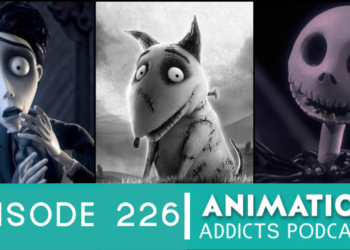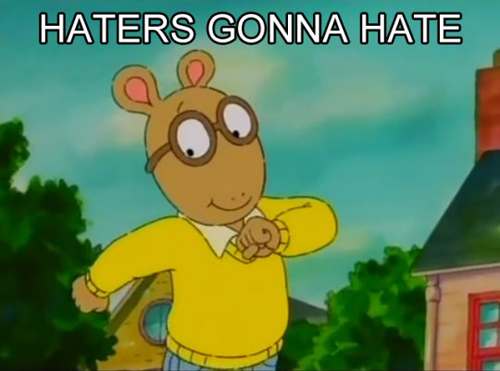Introduction
As we’ve witnessed many times before, the debate surrounding the current state of 2D animation is one that is well-tread. However, this debate never gets boring or appears to be in any danger of running out of steam, simply by virtue of being a topic that can be approached at so many different angles.
In this article, however, we will take a step back from the argument about the fabled ‘2D comeback’ and talk instead about what 2D animation is right now (or, at least, what shape or form it could possibly evolve into).
2D Animation…on the computer?
While hand-drawn animation has a certain charm that can’t be replicated by a computer, the question of what is or what isn’t “hand-drawn animation” gets complicated when the existence of tools like Wacom tablets, open-source software programs, and the extensive (and controversial) use of Flash and Photoshop on a number of animated TV shows are factored in.
Simply put, we’ve now come to an age where the digital tools provided by the computer can lend as much assistance to the creation of 2D animation as they can to CG animation. Just as we have a significant number of software programs that we can use to craft CG animation, we also have quite a few programs that allow us to do 2D animation on the computer.
Two examples of such programs are ToonBoom and Synfig. ToonBoom is consistently hailed as “the animation industry standard.” It has been used on a number of 2D-animated projects that range everywhere from TV productions like Wonder Over Yonder, Adventure Time, Archer, Futurama, and SpongeBob SquarePants to short films like this year’s Oscar-nominated Me and My Moulton. ToonBoom was even used for the last two hand-drawn films to come from Disney: The Princess in the Frog and Winnie the Pooh.
Synfig is a free and open-source software (available for Windows, Linux, and Mac OS X) that basically functions as an industry-level alternative to Flash for creating 2D animation on the computer. It also uniquely eliminates the need for tweening and frames (both are common elements of Flash) by simply allowing one to animate using a vector and bitmap artwork.
These two programs are only two of the many, many ways the age of technology has allowed for alternate paths to producing 2D animation.
Are these tools viable?
Now that we know what the tools are, let’s ask ourselves this question: are these tools just as valid an option for creating 2D animation as drawing on cels with a pen or pencil?
To answer this question, let’s look at a tool that’s long been met with equal amounts of praise and scorn ever since it’s inception.
Adobe Flash.
I honestly can’t think of another type of software that’s despised more in animation circles. The arrival of just about any new animated TV series is almost always met with long tirades about Flash and how it’s supposedly a disease of the animation industry.
To some extent, I get what they are complaining about.
In lesser hands, Flash can look extraordinarily cheap. While this cheapness is usually masked with the production values typically afforded by the studios producing the animation, the flaws will nonetheless be apparent in one fashion or another.
On the other hand, the heated complaints leveled against Flash are often greatly exaggerated. In the hands of talented animators, the best Flash-animated productions don’t even feel like they were animated in Flash. Take the work of Titmouse, the production company best known for producing the short-lived Disney XD series Motorcity. Its work can now be seen on Randy Cunningham: 9th Grade Ninja (also on Disney XD), DreamWorks Animation and Netflix’s Turbo FAST, and Comedy Central’s new upcoming animated series Moonbeam City (NSFW warning for the trailer, which you can watch here).
So really, while arguments can be made for or against its use, Flash is simply another tool in the modern animator’s vast toolbox. The same can be said for Photoshop, Maya, ToonBoom, Synfig, and just about any other digital tool one can think of.
A Technological Bleed-Over
So, as we’ve seen, technology brings about endless possibilities for creating 2D animation in different ways. And, as a result of this technology, we are seeing 2D animation take on forms that previously weren’t even thought possible. Said advancements are also bleeding over into the inner workings of big name studios.
On November 2, 2012, animation fans were treated to a short film from Disney titled Paperman. Paperman was the first animated short film to use Disney’s in-house Meander, a hybrid vector/rastor-based drawing system that blends together the style and atmosphere of 2D with the depth and dimension of 3D.
Check out this video below to see how Meander works:
But, even with all of these technical advances, the artist remains the most important part of the entire animation process and its definitely not impossible to keep 2D animators and artists involved. DreamWorks Animation’s new Primo software is one example of how technology can find a way to put the pen back into the hands of the artist.
In Conclusion
In short, there are still elements unique to 2D animation that the computer can’t replicate or wholly recreate on its own. This being said, what the computer can do is help 2D animation evolve into something else. The computer can help make 2D animation more transcendent and, ultimately, make it become more.
Once again, I leave you with the words of The Legend of Kells and Song of the Sea director, Tomm Moore:
“It would be a pity for the tradition of hand-drawn animation to die out. Yet with technology, we’re offered the opportunity to make hand-drawn animation in a way that we weren’t even fifteen years ago. With today’s computers, we can make hand-drawn animation on a feature scale with much smaller teams and lower budgets, and still make it more personal than high-level CG, which still requires a lot of money, a lot of technology and a lot of people. Through technology, hand-drawn animation has actually become more accessible.”
Wouldn’t you like to see what hand-drawn animation could become in the future?
What do you think? Do you have any thoughts on the subjects presented in the article? What do you think qualifies as 2D animation?
Edited by: Hannah Wilkes


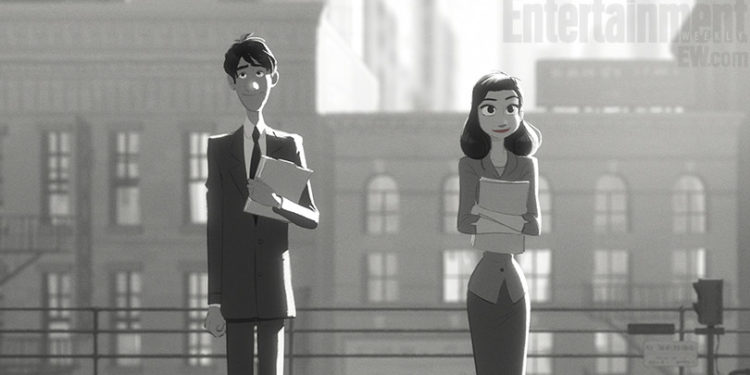
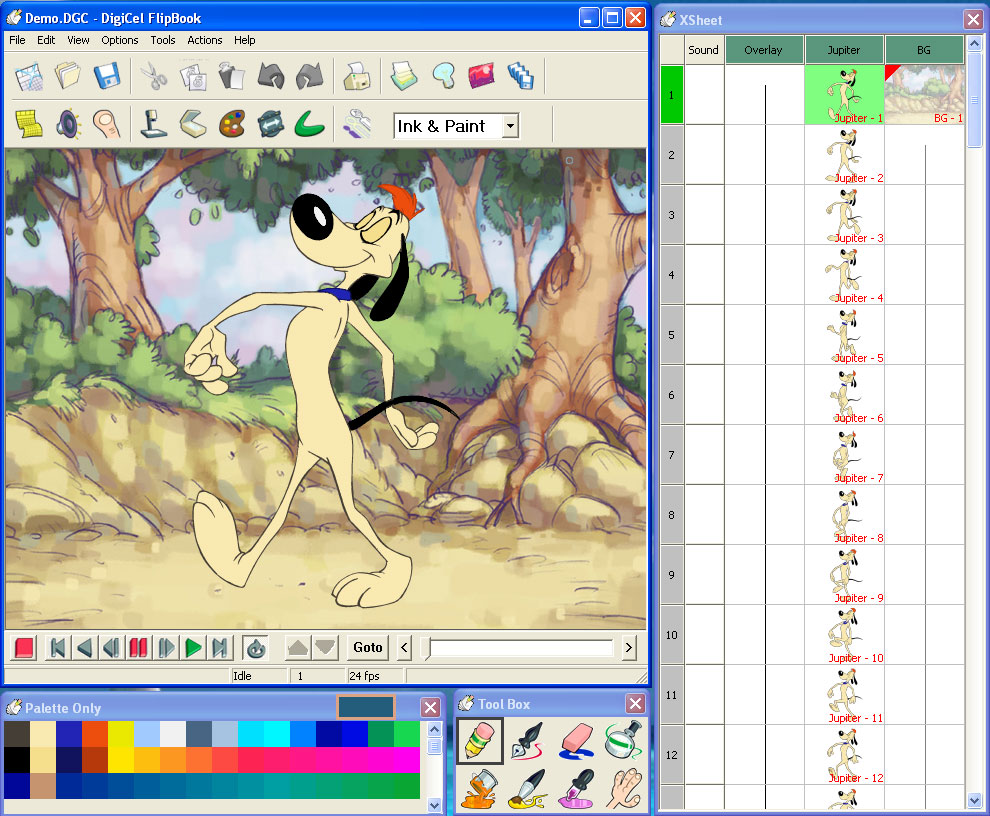
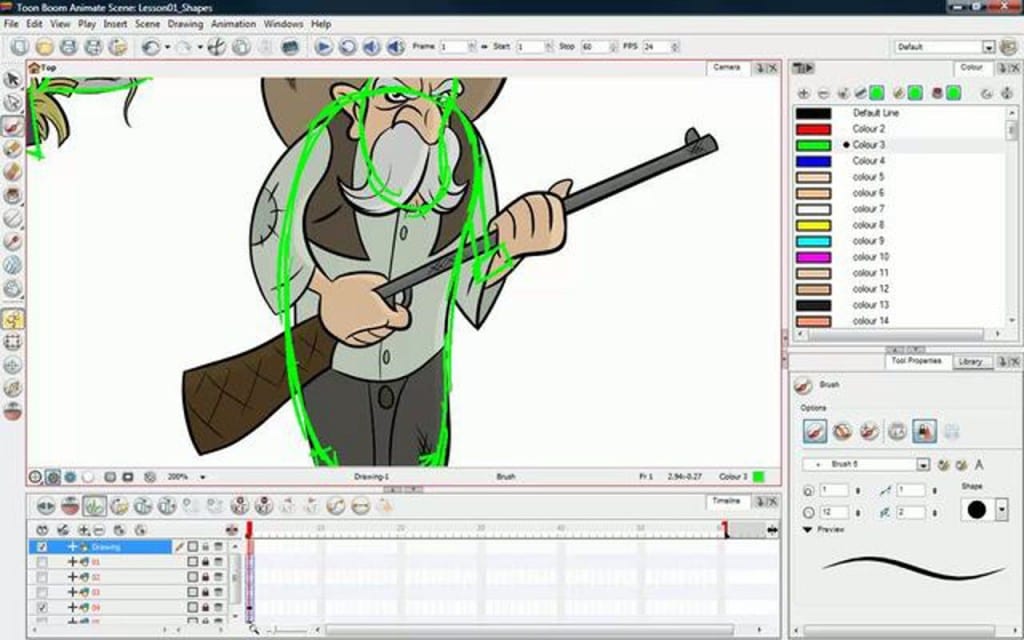
![ToonBoom-CMYK [Converted]](https://www.rotoscopers.com/wp-content/uploads/2015/03/ToonBoom-1024x465.jpg)
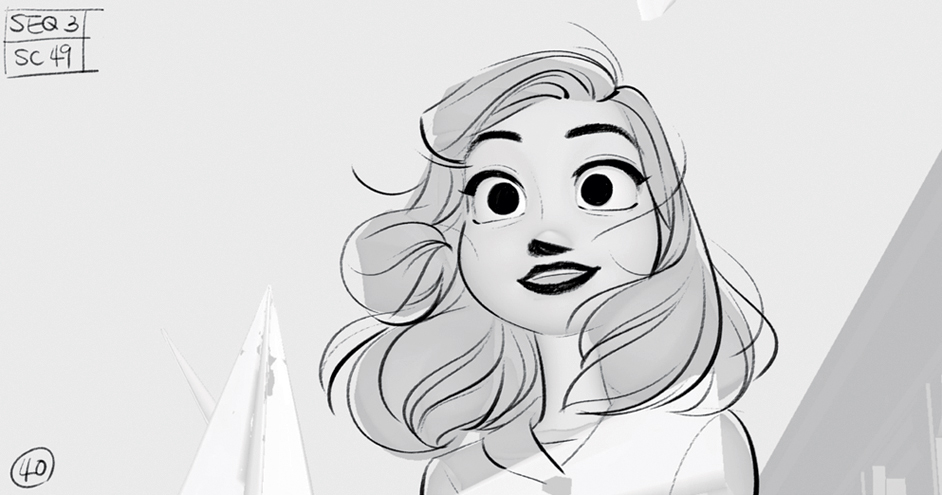
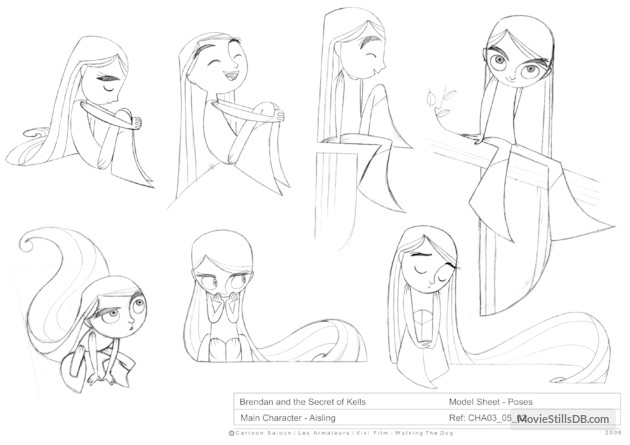
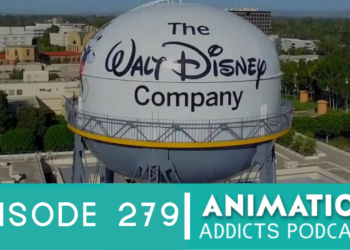
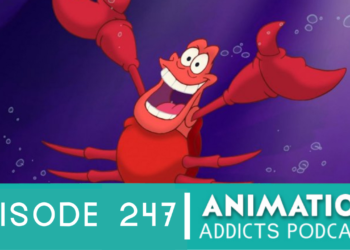
![[OPINION] 10 Heartwarming Animated Adverts to Watch This Holiday Season](https://www.rotoscopers.com/wp-content/uploads/2021/12/Picture61-350x250.jpg)
